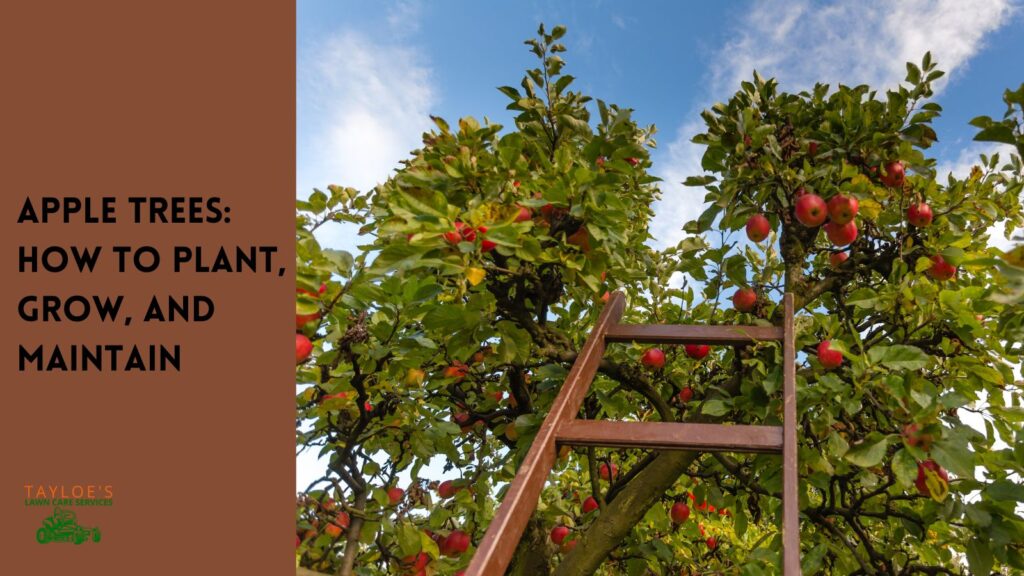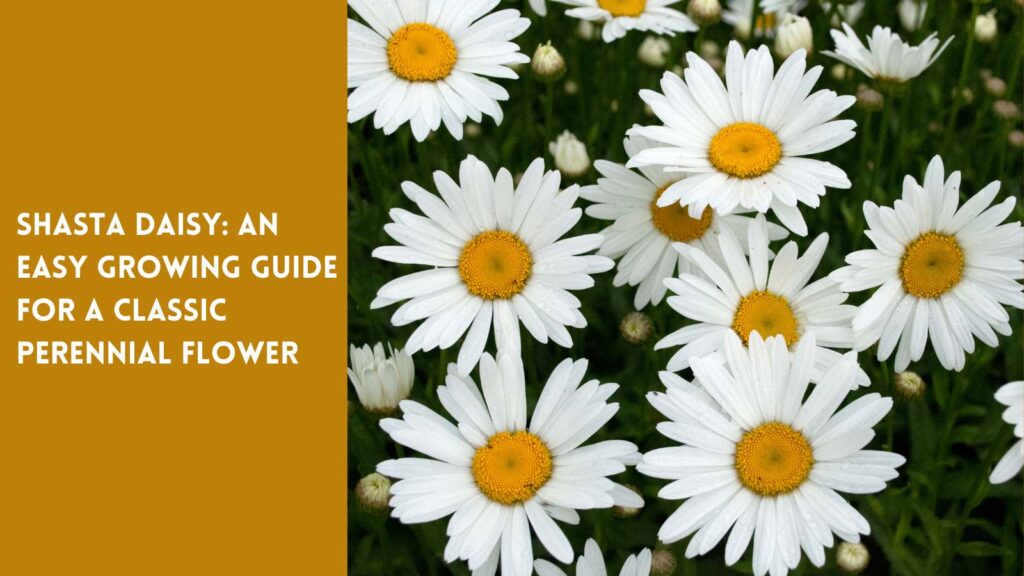Last Updated on: 30th October 2023, 09:25 pm
Here’s how you can have stunning chrysanthemums this fall.
Garden mums (genus Chrysanthemum) are a large family of thirteen plants beloved by gardeners all over the world. Indeed, they are the second-most cultivated flower, behind roses. Mums are an Asian native species well-suited for USDA growing zones three through nine in North America.
Why do we love mums? That’s easy–we adore the show-off blooms and display of gorgeous, long-lasting flower colors in the late summer or early autumn. Flower colors vary, including yellow, off-white, cream, red, gold, burgundy, lavender, pink, purple, rust, deep red, and bronze.
By the end of this article, you will know the following:
- The best hardiness zones for chrysanthemums
- Soil quality for mums
- Other common names for this species
- What pollinators like mums
- How to plant mums
- When and how to prune mums
- Diseases that may impact your chrysanthemums
- Garden mum care tips
- Pets and chrysanthemums

What Hardiness Zones Do Mums Grow In?
These perennials come back yearly in the warmer planting zones five through nine. In colder zones three and four, gardeners often purchase them to display in pots or as an annual–they may not return after a harsh winter.
What Are the Best Growing Conditions for Chrysanthemums?
Mums will grow well in various conditions, from the partial sun to light shade, but they prefer to bask in the morning sun with afternoon protection. They are disease-resistant, deer-resistant, heat-tolerant, and cold-tolerant.
They prefer rich, moist, humusy, and well-draining soil with a pH of 6 to 8.
Mums by any Other Name
Besides the name chrysanthemum or mum, you might also hear gardeners refer to these plants by other nicknames:
- Autumn Mum
- Chrysanthemum
- Florist’s Chrysanthemum
- Florist’s Daisy
- Garden Chrysanthemum
- Garden Hardy Chrysanthemum
- Garden Mum
- Hardy Garden Mum
Regardless of what you call them, garden mums are very easy to care for and will grow well with minimal effort on your part.
Are Garden Mums Good for Attracting Pollinators?
Yes! You will attract late-season butterflies, bees, hummingbirds, and other wildlife that will benefit your garden’s health and support a healthy ecosystem.
How to Plant Garden Mums
- The best time to plant mums is the early spring. However, some gardeners prefer to plant them in the autumn. Check with your local ag extension office for specifics for your growing zone.
- Dig a generous hole two times as wide as the plant’s root ball and about eight to twelve inches deep.
- Break up any soil at the bottom of the hole before putting the plants into the hole. If you have heavy, poorly drained soil, add a hefty scoop of compost or manure to lighten it up.
- Ensure a spacing of at least twelve inches apart (between the plants) to allow adequate room for air circulation and also encourage better growth.
- Remember, plant the chrysanthemums at the same depth they were in their containers.
- Cover with soil and tamp down gently.
- Water thoroughly until water runs out the bottom of your container.
- After planting, add about two inches of mulch, or a layer of bark or pine needles, around the base of each plant for weed control and moisture retention.
- Mulching also helps prevent fungus growth on the stems of the plants.
Should Mums Stay in a Pot or Go into the Ground?
You may opt to put mums directly into the ground or in containers.
If you choose to plant them in garden beds, you should plan to feed and water them about one inch weekly throughout their growing season for optimal results.
When planning space for chrysanthemums, remember the plants grow in mounds or clumps 12 to 36″ wide. Some may grow as high as 24″ in height.
When planting garden mums for fall blooms, plant them at least six weeks before you expect the first frost, so they have enough time to grow!
Garden Mums Care Tips
While mums are generally pretty low-maintenance, there are a few care tips you should keep in mind to ensure that your plants will be healthy and beautiful.

Watering Chrysanthemums
- Your mums need at least one inch of water per week to thrive!
- If you reside in an area where the summer months are scorching and dry, you’ll need to water the plants more often.
- Whenever possible, water early in the morning, when temperatures are cool, to prevent moisture loss due to evaporation and ensure that roots receive enough hydration until nighttime.
Fertilizing Chrysanthemums
- Fertilize your mums about once a month with either liquid or granular bloom-boosting fertilizer.
- You can feed them every two weeks with a water-soluble fertilizer or scatter dried blood meal around the base of each plant about once per month.
- If possible, avoid using slow-release fertilizers, which may cause your plants to grow too quickly and become weak or spindly!
Pruning Mums
Learn the three main mum-pruning techniques: pinching, cutting back by one-third, and hard shearing.
- Pinching is the best technique for compacting chrysanthemums and growing about one to two feet tall. It’s also a good technique for rejuvenating old, woody plants that have stopped flowering or have gotten overgrown.
- If you see blossoms forming in the spring or early summer, pinch them back–letting the bloom too early will ruin the fall show of color.
- Cut back garden mums by one-third right after flowers fade and again the following spring before the plant starts growing.
- You can also cut all your mums down to two inches above the ground and leave them as a carpet of green under taller plants. This process rejuvenates old mum plants and reduces the chance of powdery mildew.
- Hard shearing or cutting back to just above the crown forces the garden mum plant to put out new side growth shorter than the original stems, but you get many more flowers per plant.
Propagating Garden Mums
Propagation of mums is most straightforward through division; however, you can also grow them from seed or cuttings.
- Division: In spring or early fall, dig up the clump carefully to avoid damage. Divide it into smaller mums if needed and replant it in fresh soil.
- Cuttings: You can cut from an established mum plant any time during the growing season. Use a sharp and clean knife or garden shears to cut through the stems below a leaf. Put the cuttings in a bucket of tepid water and allow them to soak overnight, changing the water every few hours.
- Seeds: When growing mums from seeds, you can save your seeds or purchase new ones each spring. Use heirloom seeds instead of hybrids to ensure better outcomes.
Pests and Diseases That Impact Chrysanthemums
- Mum plants generally do not attract many pests, but some can occur. Aphids are attracted to new growth on mum plants, where they suck the plant juices. They can be washed off with water or removed by hand.
- Leaf spots affect the plant’s appearance but will not kill it; use an all-purpose fungicide to treat it.
- Root and stem rots can affect newly planted mums. Treat with a general-purpose fungicide before planting or removing and destroying infected plants.
- Common diseases of garden mums include powdery mildew (which causes white, dusty patches on leaves) and botrytis blight (gray mold).
- You may use a fungicide for powdery mildew; however, consider removing and destroying the infected plants or their parts for botrytis.
Note: Insecticides should be a last resort for treating pests and diseases on garden mums.
Are Garden Mums Safe for Pets?
Because these plants are toxic to animals, you want to keep them away from your cats, dogs, and horses.

The Takeaway: Garden Mums Are a Lovely Addition to Your Garden
Mums can benefit your garden in many ways. They offer late-season color, feed pollinator insects, and make lovely greenery in the early part of the growing season. In most USDA hardiness zones, they are perennials, but gardeners in colder climates usually treat them as annuals. There are certainly many reasons why gardeners adore chrysanthemums.
Are you ready for a break from fall lawn care so you can enjoy the cool weather? Let’s connect! You can call or text 252.287.3375 to reach us or find us on Facebook. We are here to help!
Author Profile

- Deborah Tayloe is the CEO and co-founder of Tayloe's Lawn Care Services, LLC. She has a B.S.Ed and holds certificates in soil and water management and herbology from accredited programs.
Latest entries
 GardeningSeptember 27, 2025What perennials, shrubs, and trees don’t like fall pruning (and why)?
GardeningSeptember 27, 2025What perennials, shrubs, and trees don’t like fall pruning (and why)? Trees and ShrubsSeptember 14, 2025Fall Shrub Pruning Guide (September–October)
Trees and ShrubsSeptember 14, 2025Fall Shrub Pruning Guide (September–October) Trees and ShrubsApril 22, 2025Boxwood Blight: Early identification and isolation
Trees and ShrubsApril 22, 2025Boxwood Blight: Early identification and isolation Flower GardenApril 8, 2025John F. Kennedy Rose: Hybrid tea rose with elegant white blooms
Flower GardenApril 8, 2025John F. Kennedy Rose: Hybrid tea rose with elegant white blooms






